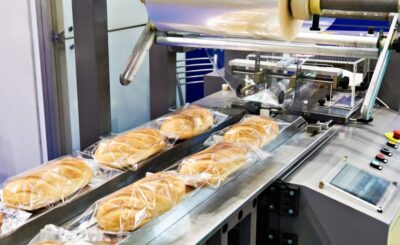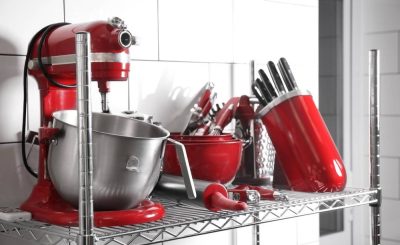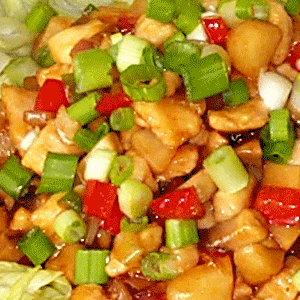Efficiency is the lifeblood of any successful restaurant, and the heart of this efficiency beats in the kitchen. In the bustling, high-pressure environment of a restaurant kitchen, chefs and kitchen staff must work in harmony to ensure that orders are prepared and served promptly, and that the food is of the highest quality.
One equipment that has gained increasing attention in the quest to streamline kitchen operations is the cold room. But can a cold room truly improve restaurant kitchen workflow? In this article, we will explore the advantages and considerations of integrating a cold room into a restaurant kitchen.
The Cold Room: A Culinary Oasis
A cold room is essentially a large, temperature-controlled storage space designed to preserve food items at specific temperatures. The custom cold room come in various sizes and can store a wide range of ingredients, from fresh produce to meat and dairy products. While the primary function of a cold room is food preservation, it can significantly impact a restaurant’s workflow in several ways.
- Extended Ingredient Shelf Life: One of the primary benefits of a cold room is that it prolongs the shelf life of ingredients. This means that restaurants can order perishable items in larger quantities, reducing the frequency of deliveries and ensuring a steady supply of fresh ingredients. The result is less downtime in the kitchen due to waiting for ingredient deliveries.
- Organization and Accessibility: Cold rooms are designed to be spacious and organized. With shelves, racks, and easy-to-reach compartments, ingredients are readily accessible to kitchen staff. This reduces the time spent searching for ingredients, enhancing overall efficiency.
- Reduced Food Waste: Longer ingredient shelf life and better organization help to minimize food waste. In the restaurant industry, where food costs can significantly impact profitability, reducing waste is a key objective. A cold room aids in achieving this goal.
- Prep Space Efficiency: With a cold room nearby, kitchen staff can prepare and portion ingredients in advance, increasing the speed of order execution during peak hours. The cold room also allows for large-scale food prep, reducing the need for last-minute rush tasks.
- Optimal Temperature Control: Certain dishes require precise temperature control, and a cold room ensures that ingredients stay fresh and ready for immediate use. For example, pastry chefs need cool, consistent conditions for working with delicate dough, and a cold room provides this control.
Considerations for Implementation
While the benefits of a cold room are evident, restaurant owners must consider several factors before integrating one into their kitchen workflow.
- Space and Cost: Cold rooms require adequate space and can be a significant upfront investment. Restaurant owners need to weigh the cost against the long-term advantages and the available space in their kitchen.
- Maintenance: Proper maintenance is crucial to ensure that the cold room continues to function optimally. This includes regular cleaning, monitoring of temperature controls, and addressing any issues promptly to avoid costly breakdowns.
- Energy Efficiency: Cold rooms consume electricity to maintain their temperature. Energy-efficient models can help reduce ongoing operational costs.
- Regulations and Compliance: Depending on the region, there may be regulations and safety standards that must be adhered to when using cold rooms in a commercial kitchen. Compliance is essential to avoid potential health and safety violations.
Conclusion
Implementing a cold room requires careful consideration of space, cost, maintenance, and compliance. When utilized effectively, a cold room can become a culinary oasis that contributes to the success of a restaurant by streamlining kitchen operations and ensuring a seamless dining experience for customers.














